Next Festival has been alienating the Bratislava subculture into niche explorative parts of music for 23 years. A lot of people compare Next festival to Polish Unsound or Lunchmeat festival in Prague, but Next has its own subtle and eclectic identity, which creates a space where a lot of people can integrate and it’s a kind of membrane into life of people in a medium-sized European city. It brings a touch of freeness to the eastern part of Europe.
The popularity of exploring small or medium-sized festivals that have a dramaturgical sensibility as a mainstay is clearly growing. This also creates the question, is it because of the growing issue of social anxiety, or is it just a phenomenon in a sort of sine wave of trends?
Last year the festival started at the end of September. This year we could visit only at the end of November. The border dates formally complement the shape of the genres, perhaps a coincidence but a fitting one. I am describing the last edition of the festival, which was dominated by names like Evian Christ, Tirzah or Lyra Pramuk, who set the bar so high that dramaturgically the following year is hard to break.
The expansiveness last year was also dominated by a larger number of venues and also by the program part of the „symposium.“
We’ve seen a slower and more line-up-restrained approach across perhaps all festivals around different genres. However, this creates challenges and more unique solutions regarding dramaturgy, programming and production.
So the obvious question is how was the Next festival this year?
In terms of visual identity, they stayed true to the excellent graphic design duo of Barbora Demovic and Bara Ruzickova, who take a non-gendered and contemplative approach to the festival and remain playful in spite of these „too safe“ moves! The starting point of visual identities has sort of pseudo-corporately learned to walk the beaten path, but for smaller festivals, it’s curated differently, the dialogue is conducted less concisely, and more boldly.
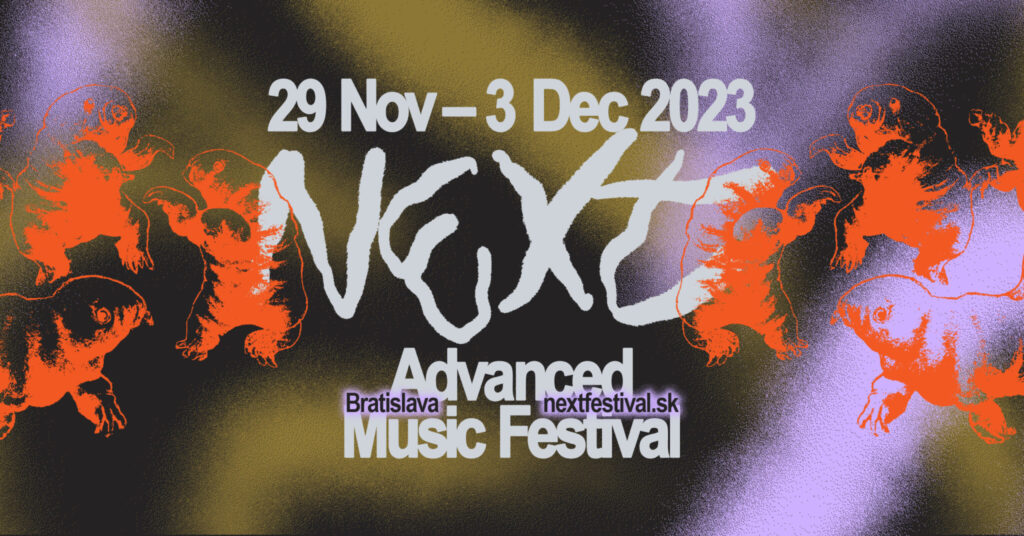
The opening of the festival took place in the new spaces of the Slovak National Gallery. William Basinski’s raspy loops echoed through the beautiful, pompous spaces and he alone tuned the gig with the movements of the orchestral conductor. This created an elegant flavor that was almost narrative in the broad perspective of the festival, as the last section of the festival was programmed in the Boiler Room of FAD STU, which, to be honest, was really excellent in the qualities of Bratislava’s club culture!
Beatrice Dillon’s polyrhythmic programming vibe brightened up a somewhat gloomy evening in the main venue A4 cultural space the next day. The artist from the label Pan and Where To Now? created a nerdy and for that, moving atmosphere.
I’ll be touching on female composers, DJs, and generally annihilating female artists in the rest of the text. And that goes for Dis Fig’s performance, who added to the whole concert experience with a superb performance that included emotional outcries jumping off the stage and her powerful vocals. „I MISS YOU!“ perhaps never sounded so sincere. Dis Fig is an American living in Berlin, which speaks to the quality of her DJ set at the end of the festival. The turbulent uncompromising soundtracks create her identity and I’m looking forward to seeing how she and her persona will dig in the future. She makes no secret of the fact that as a music producer who DJs in part because of Berlin’s relevance and life skills, she’d like to go into other soundscapes than she’s been doing. Evischen played on a similar note. Extravaganza. Hidden gem. The dramaturgy from next, by choosing it, confirmed their métier, which creates a dialogue with the Bratislava culture and at the same time brings together unprecedented artists. Evischen was haptic, raw, and unforgettable.
Whoever sinned the night before last in the Boiler Room of FAD STU could go to the Evangelical Church and listen to the sounds of pipe organs by Irish-British composer Áine O’Dwyer. The organ finale is perhaps the trademark of this festival. OSZILOT, a performance of a musical installation by the Swiss duo Luc Gut & Rolf Hellat, stuck in my mind. For the curious, they answer this with sound architecture through the physical world. This contradictory thesis refutes the current ideas of mainstream society, and it is very amusing.
This year, the Next festival focused on an intimate note. Will the organizational team alternate its approaches?
–
Text: Katarína Hrašková / Foto: Simona Hulínová

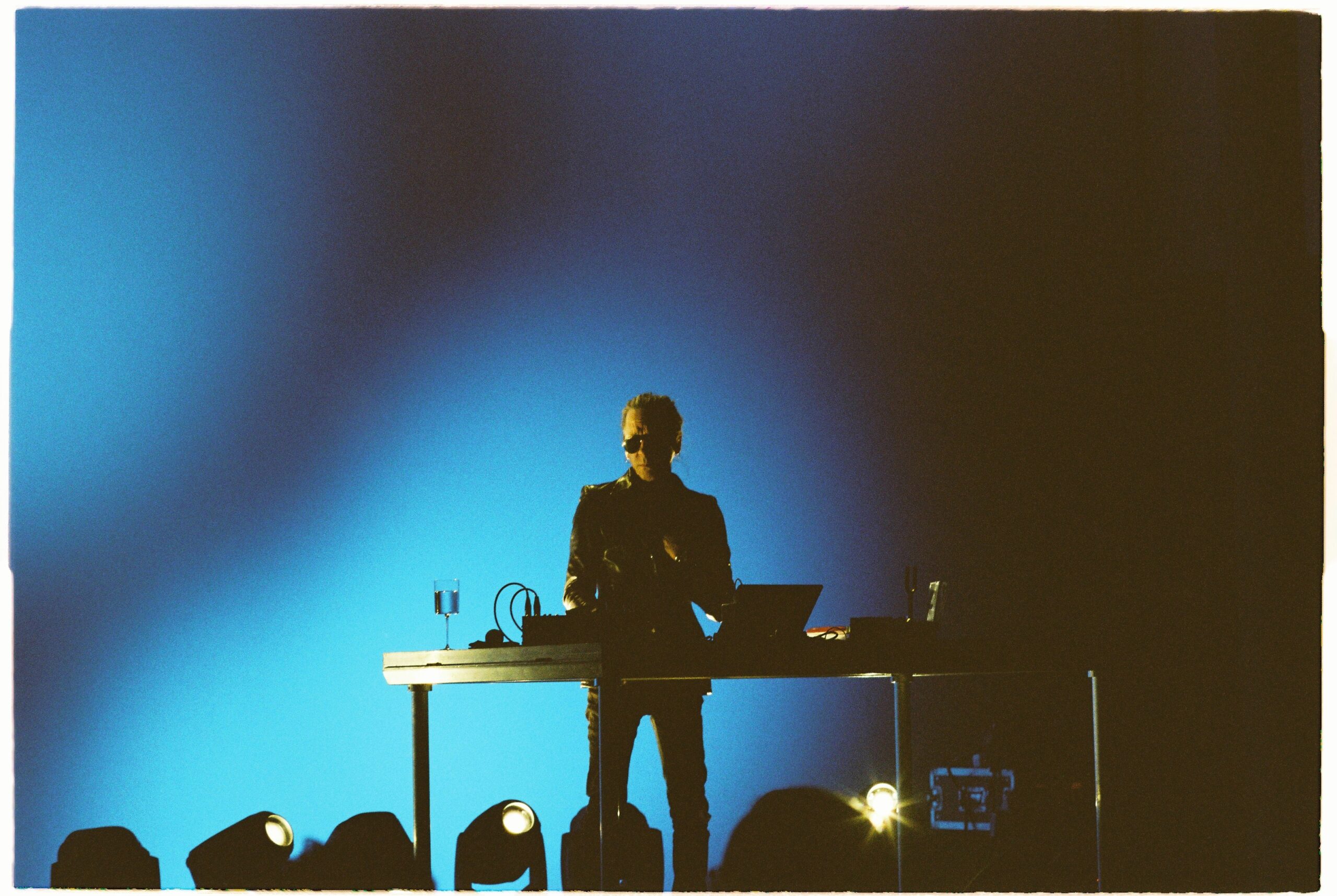
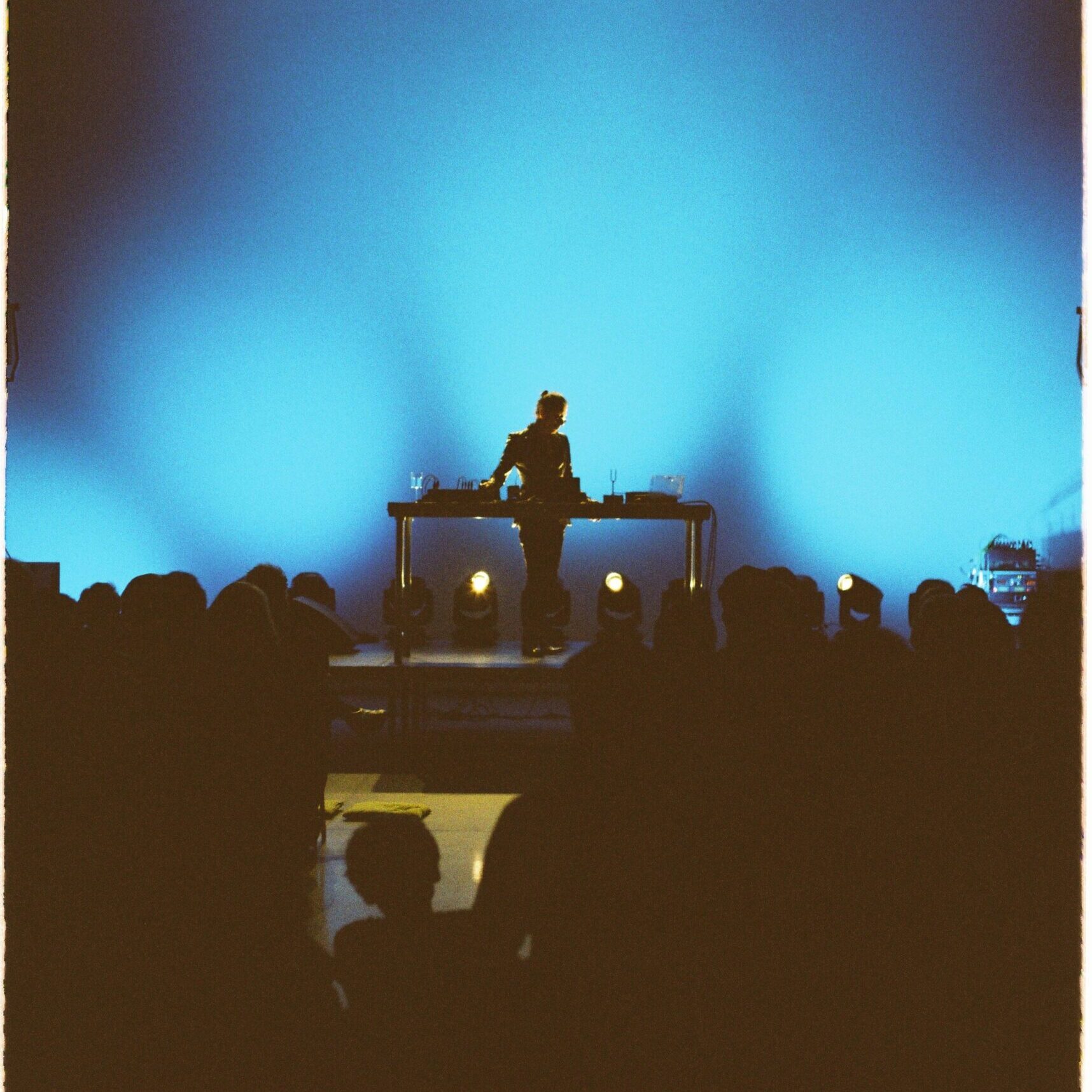
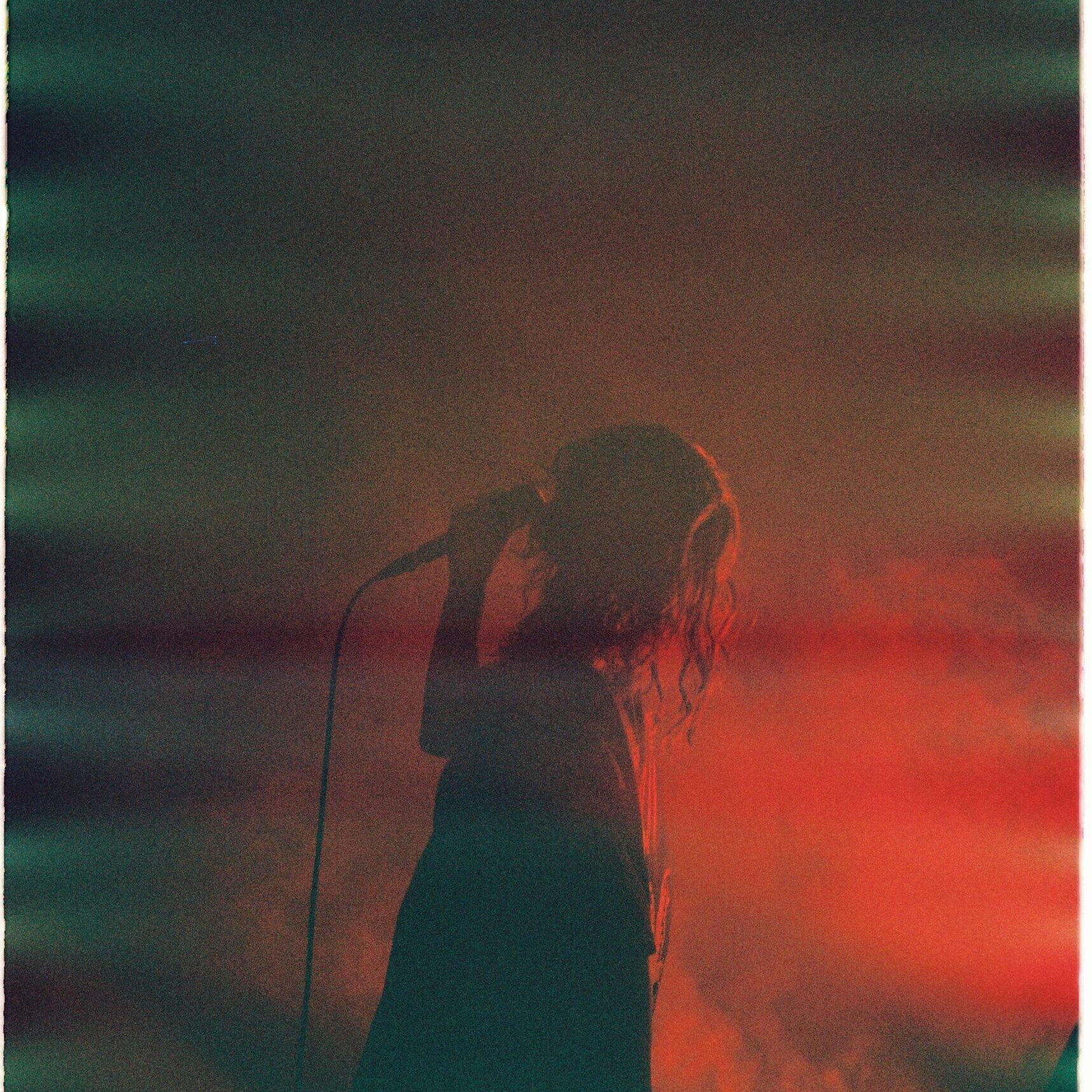


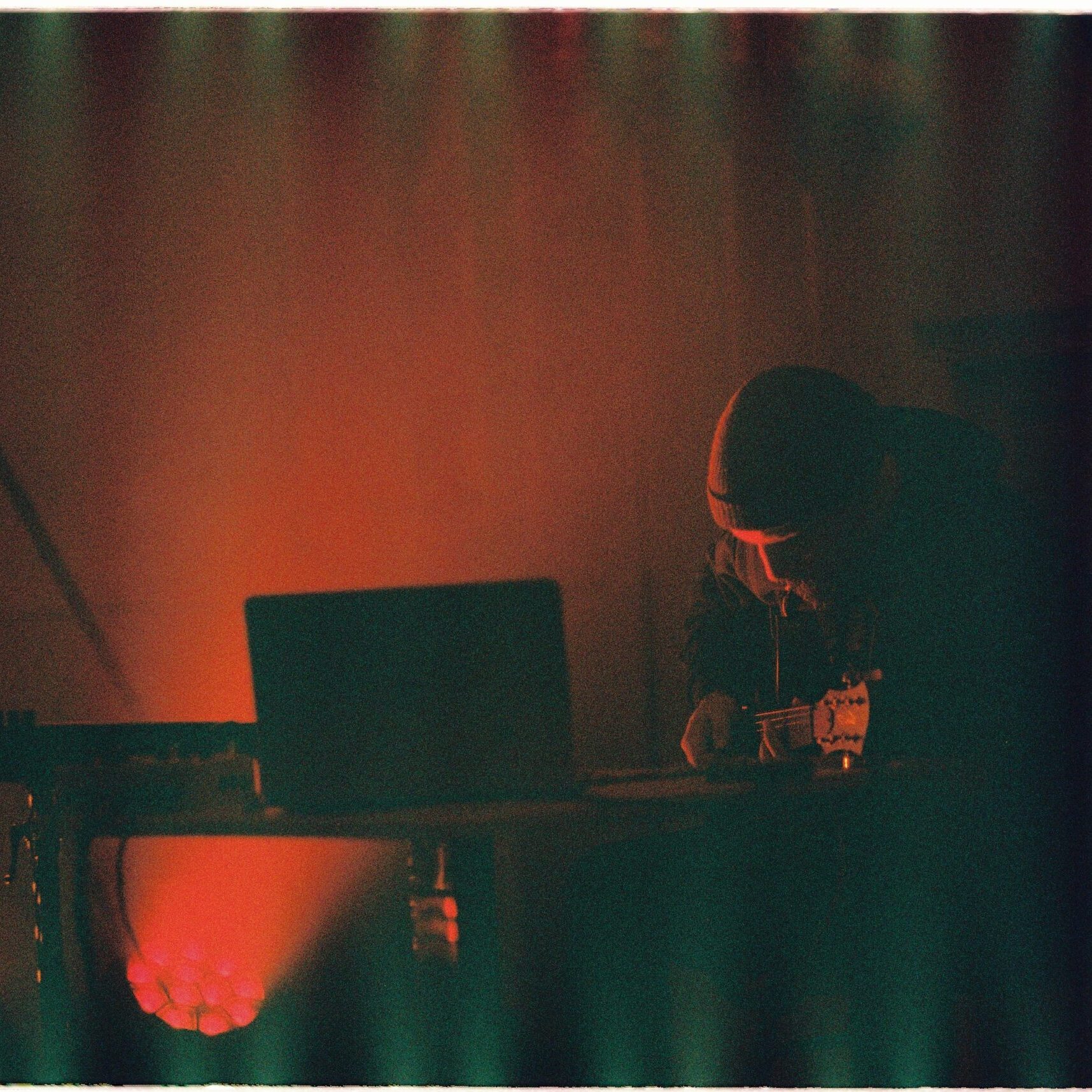
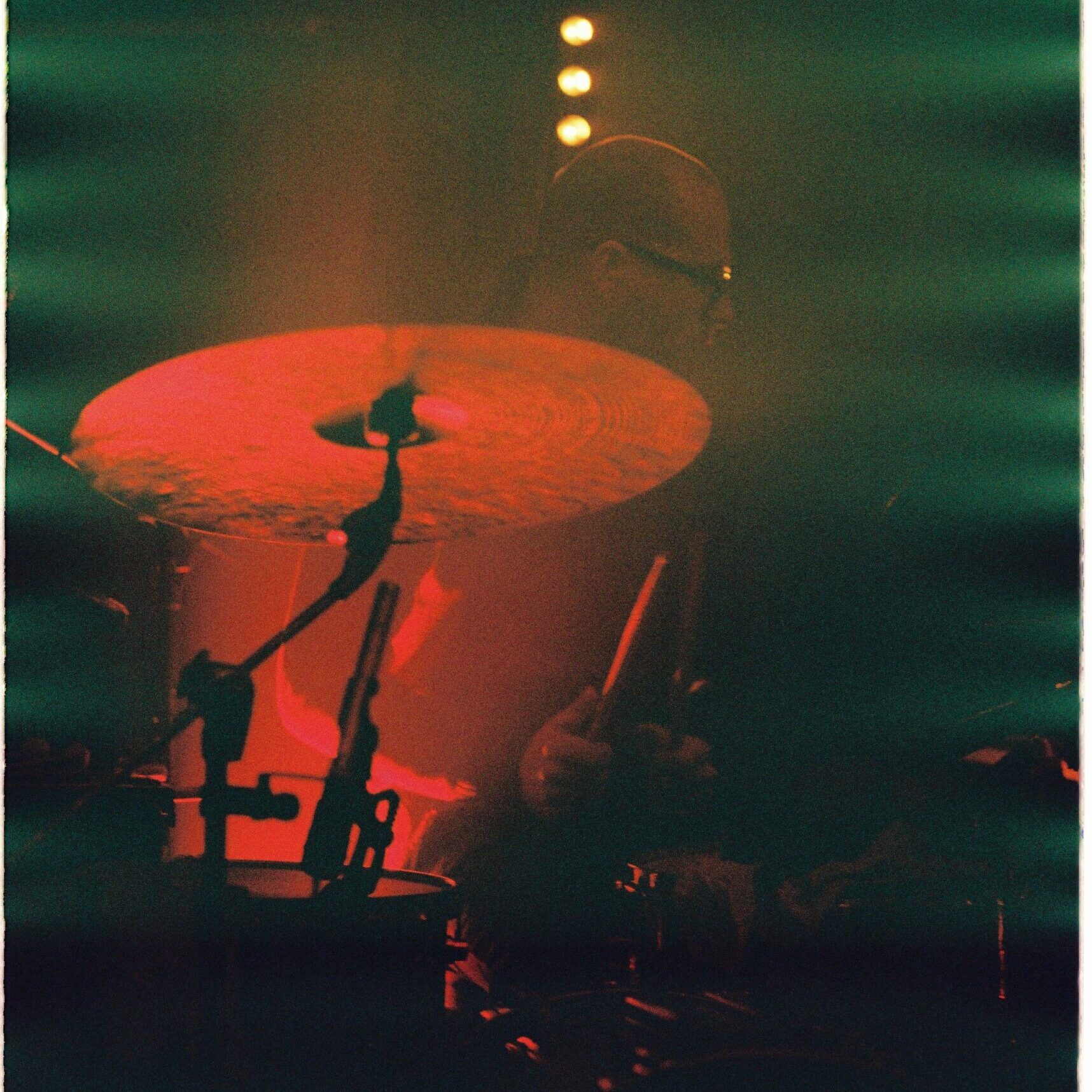
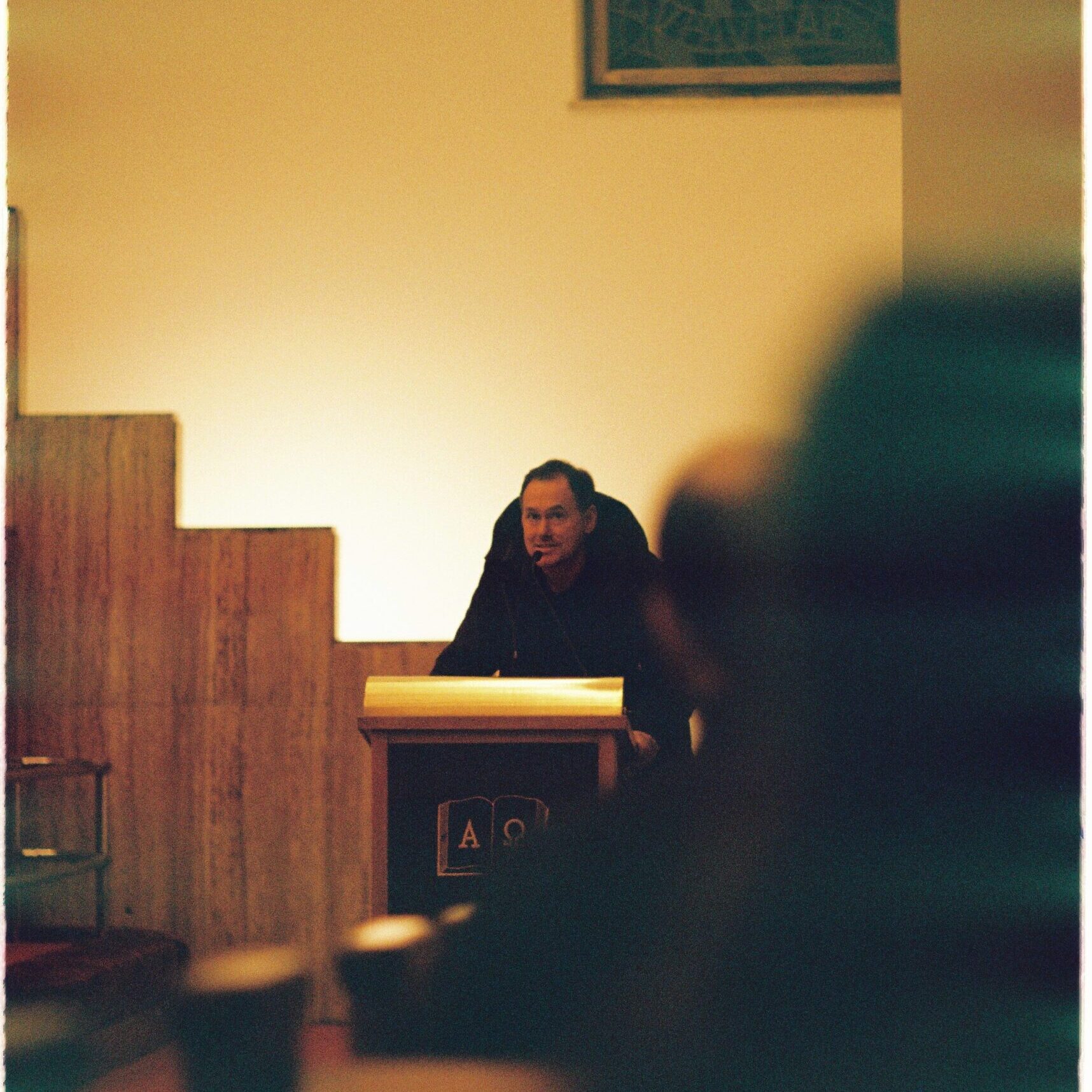
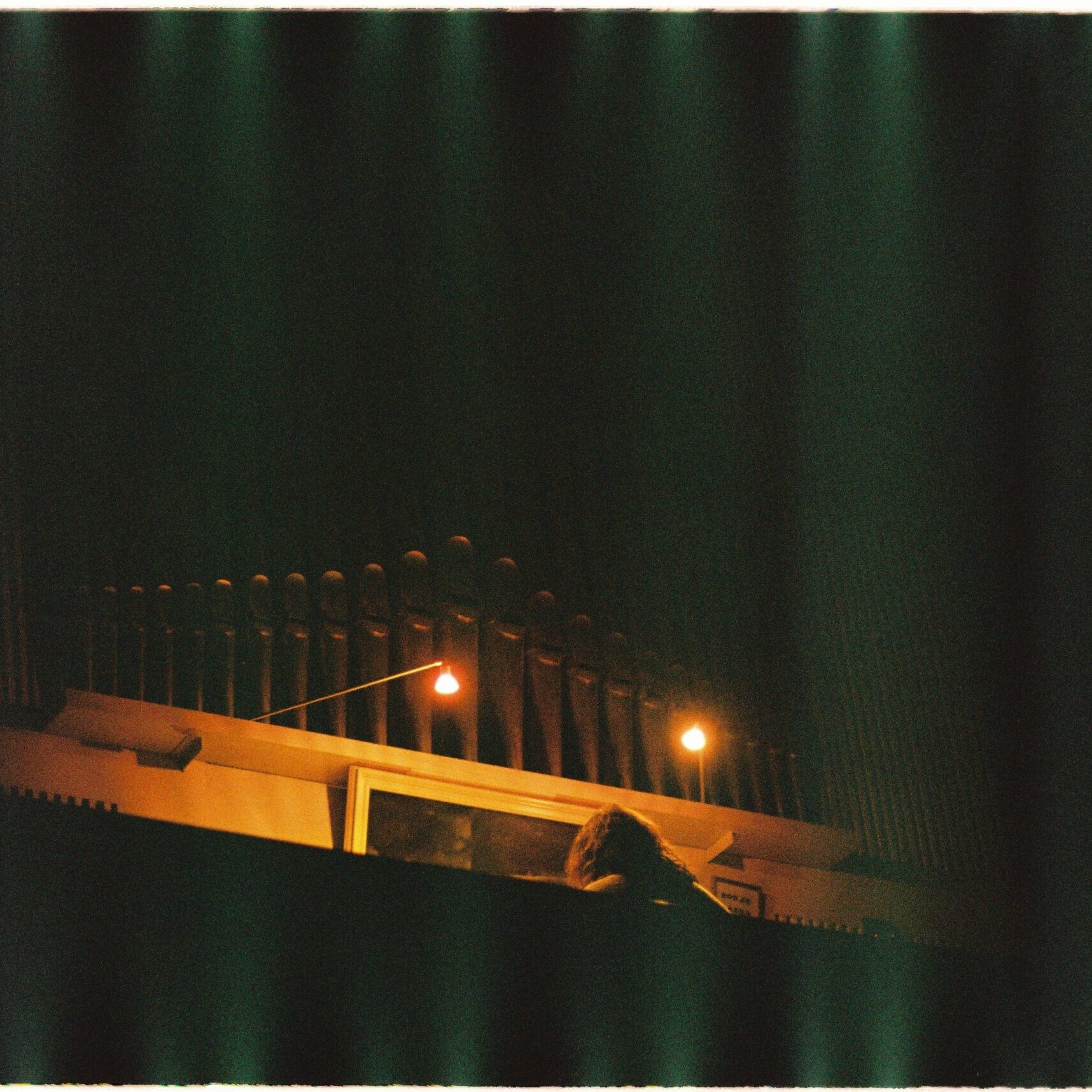
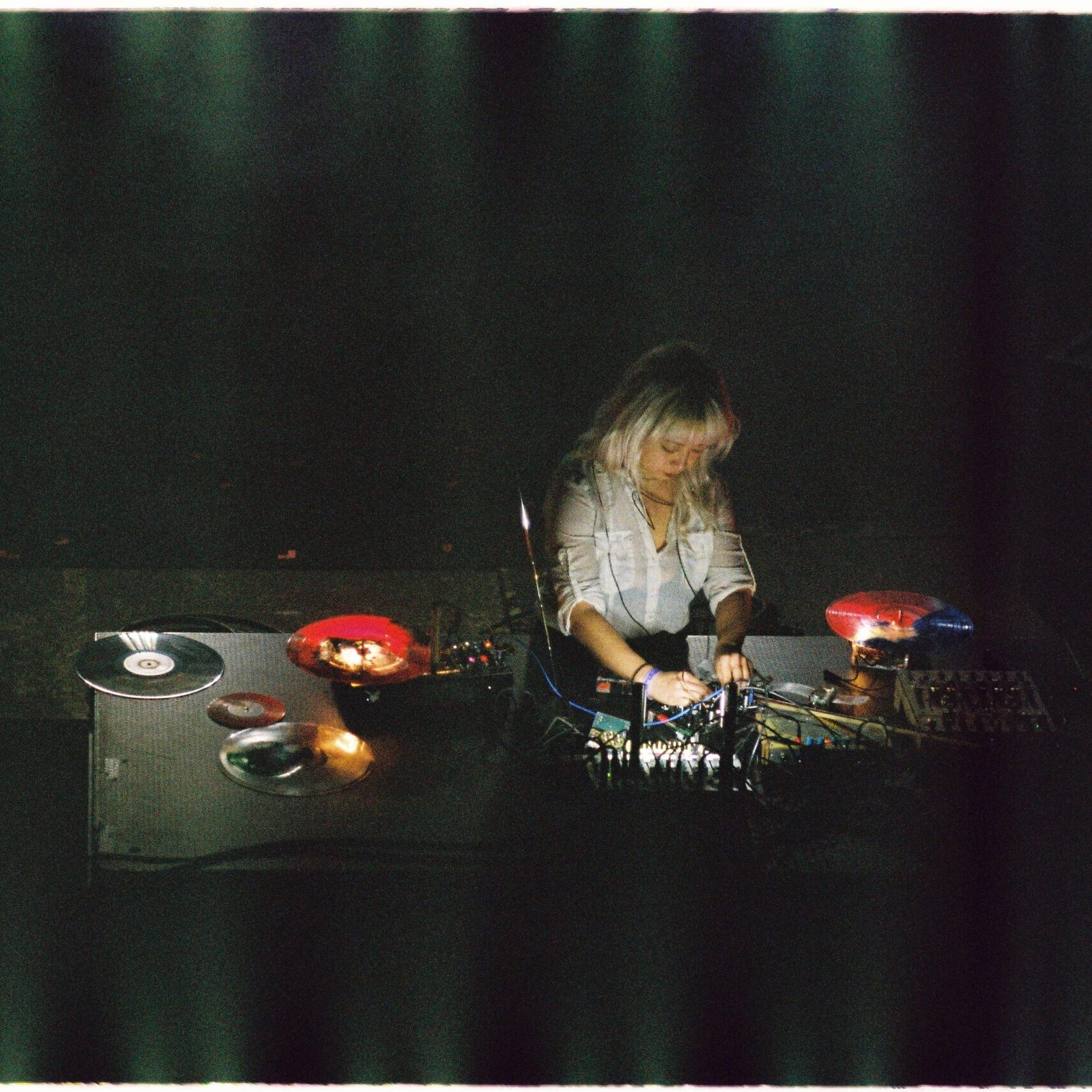
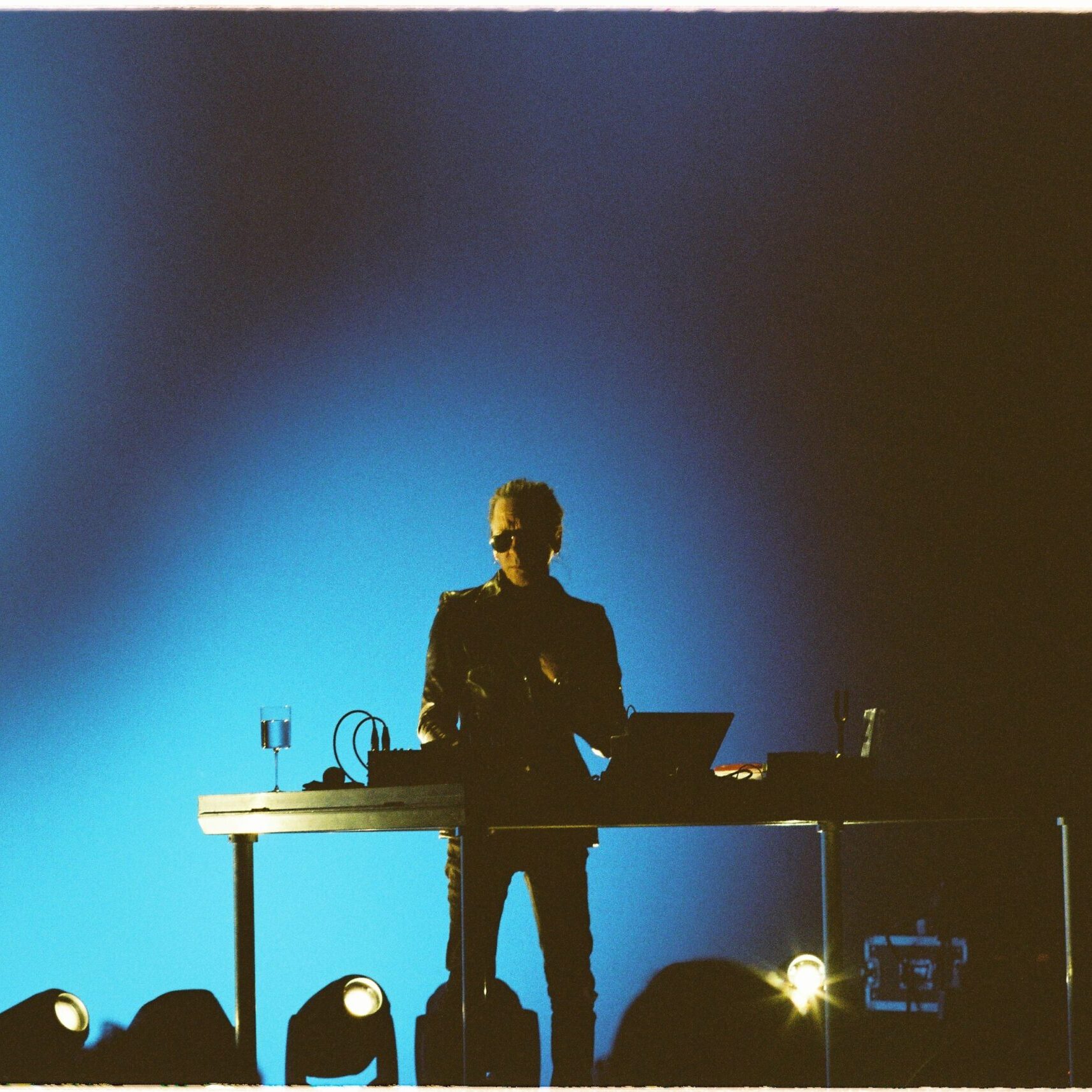


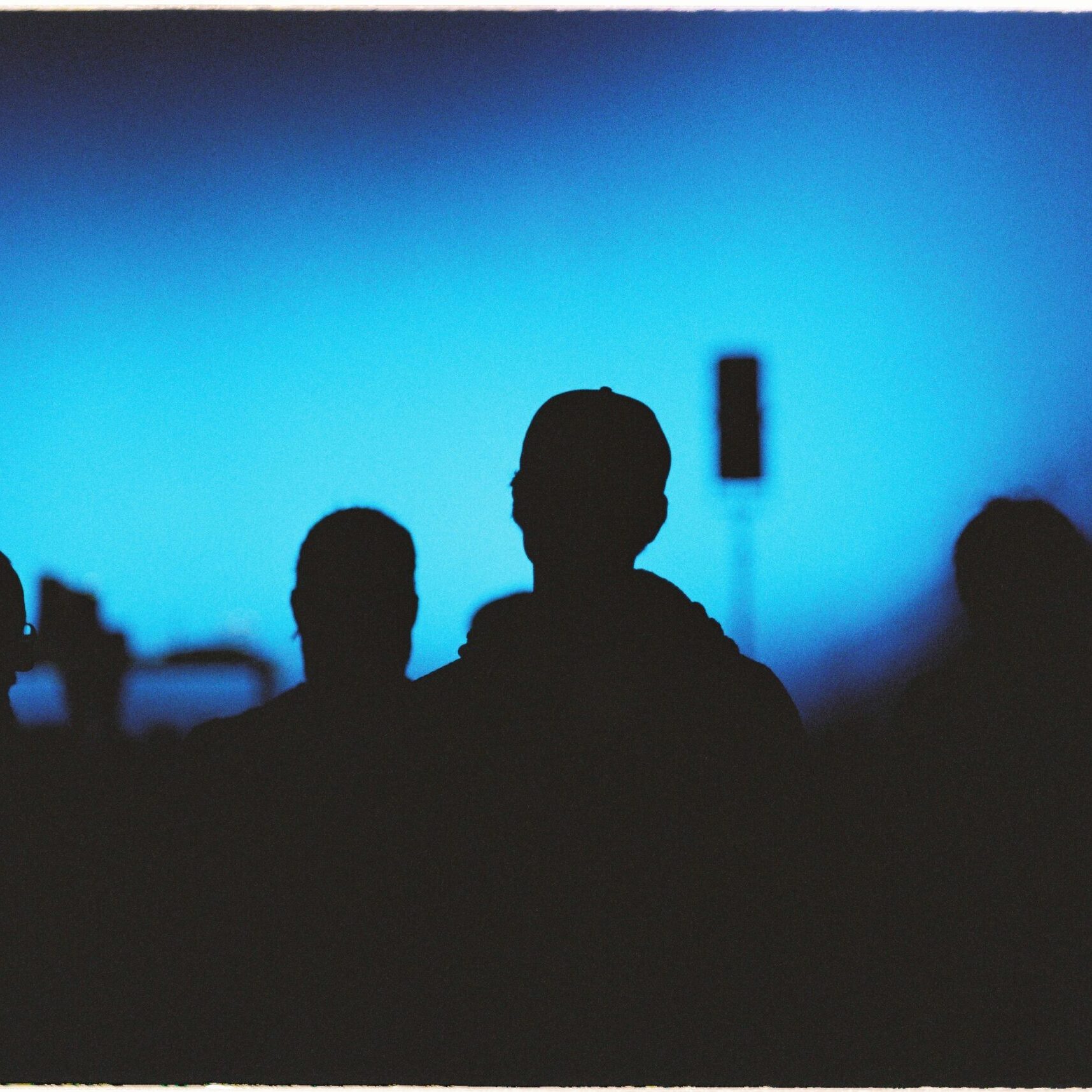
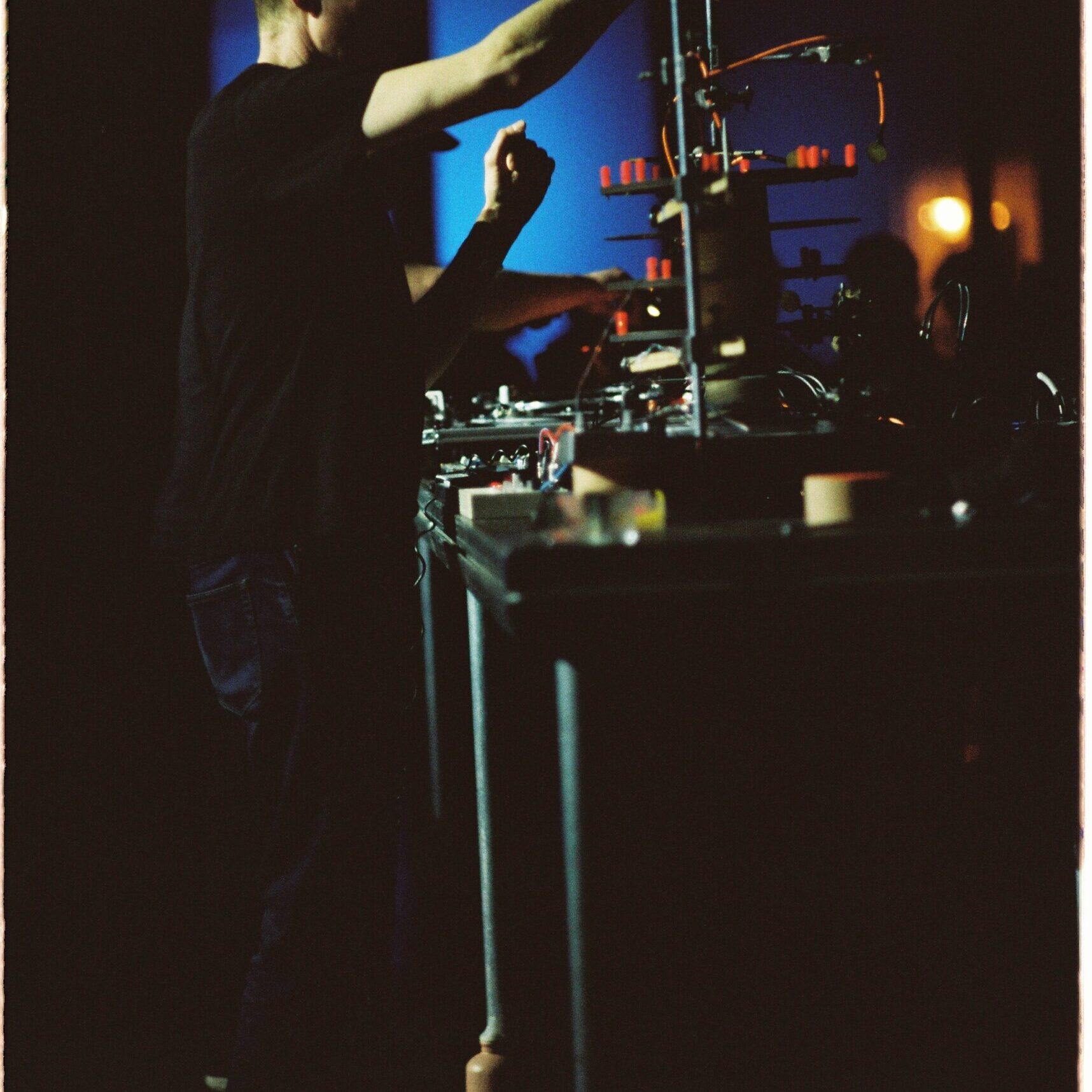
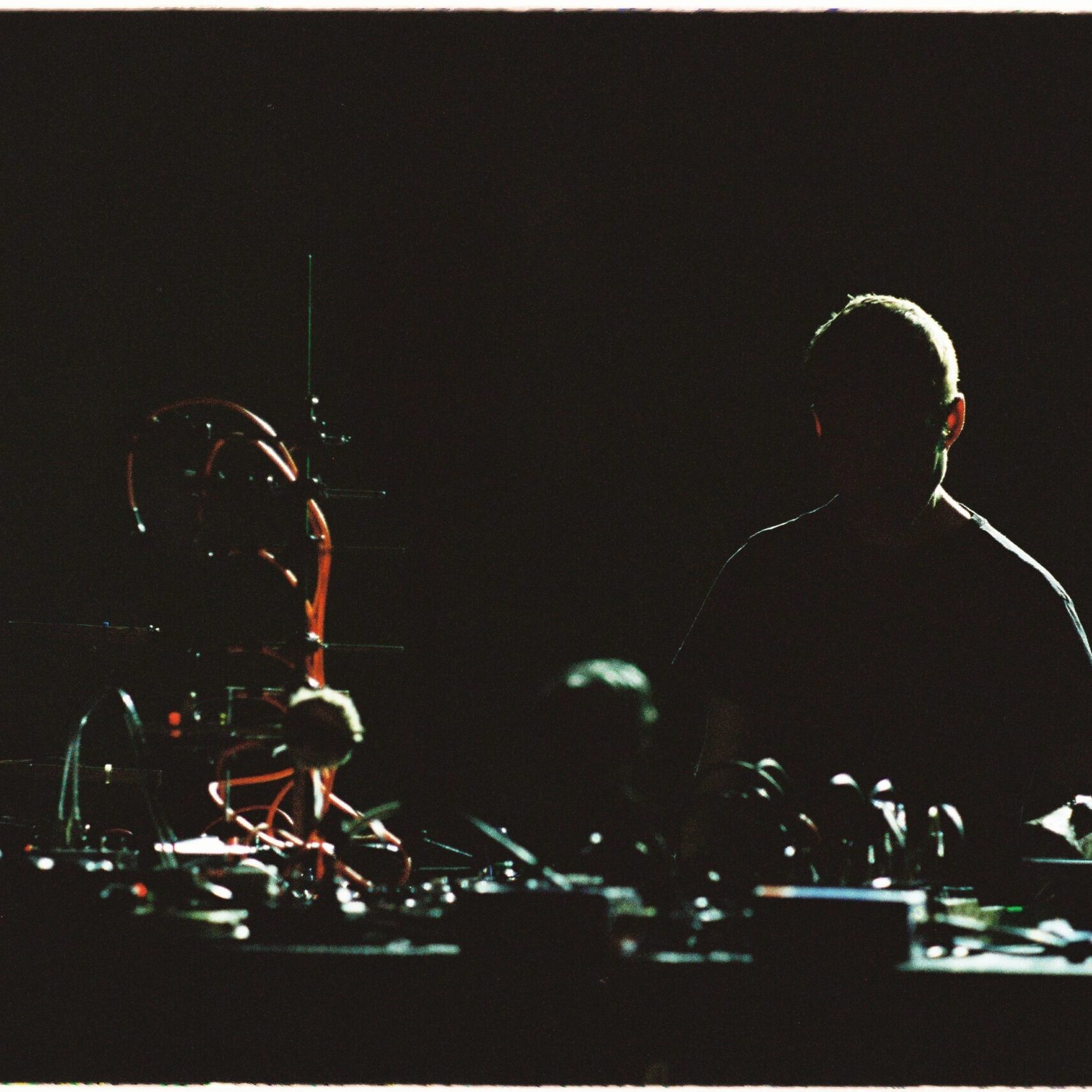
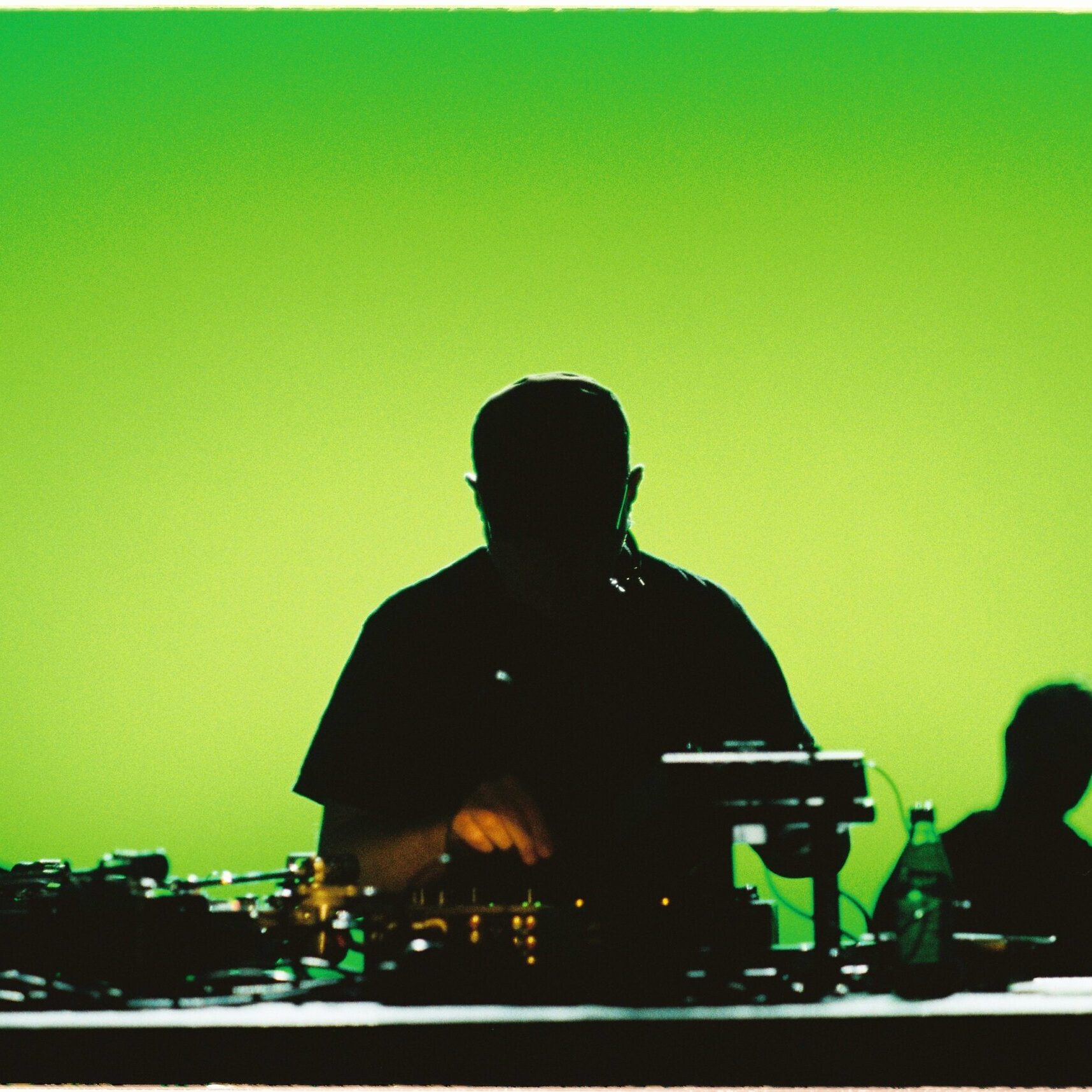
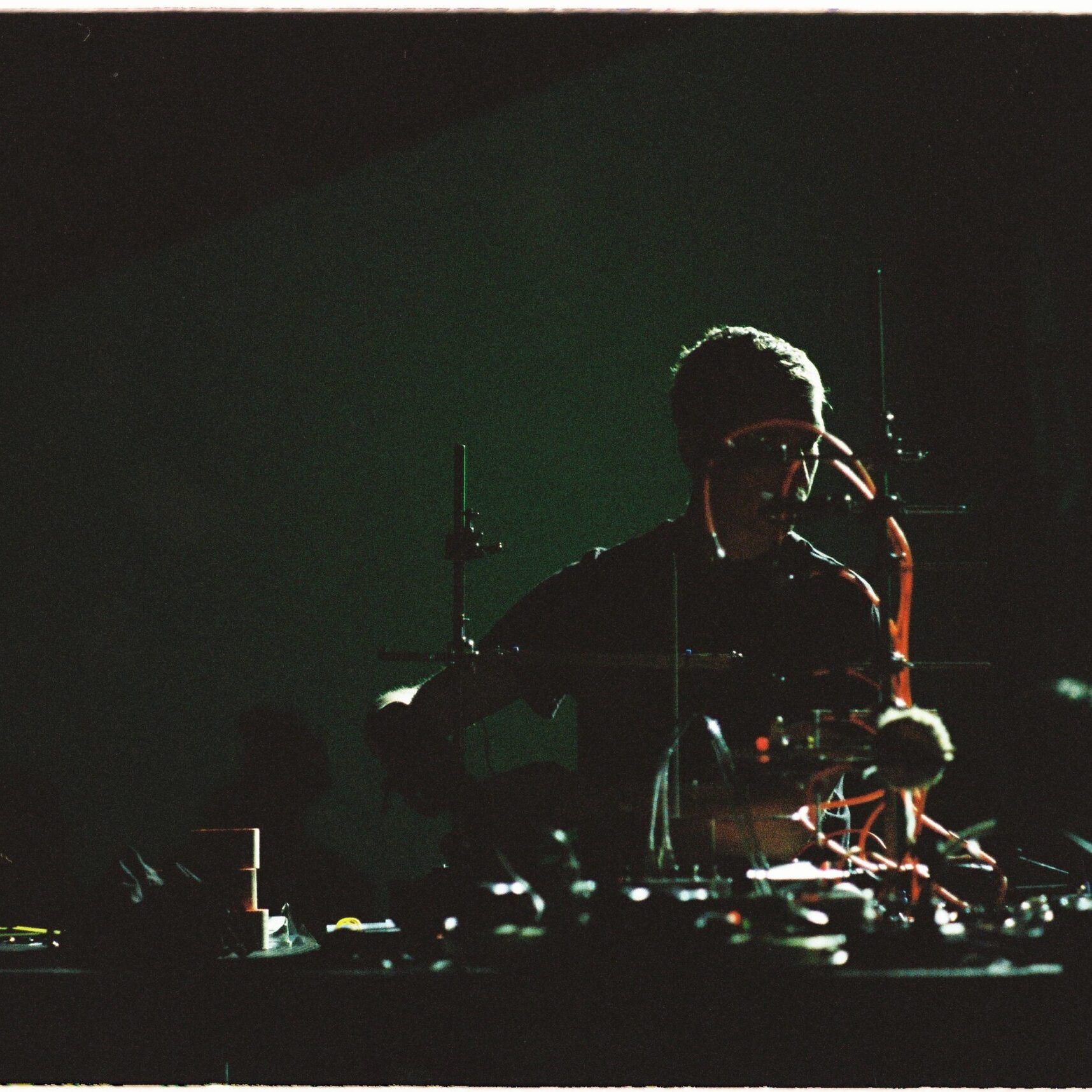
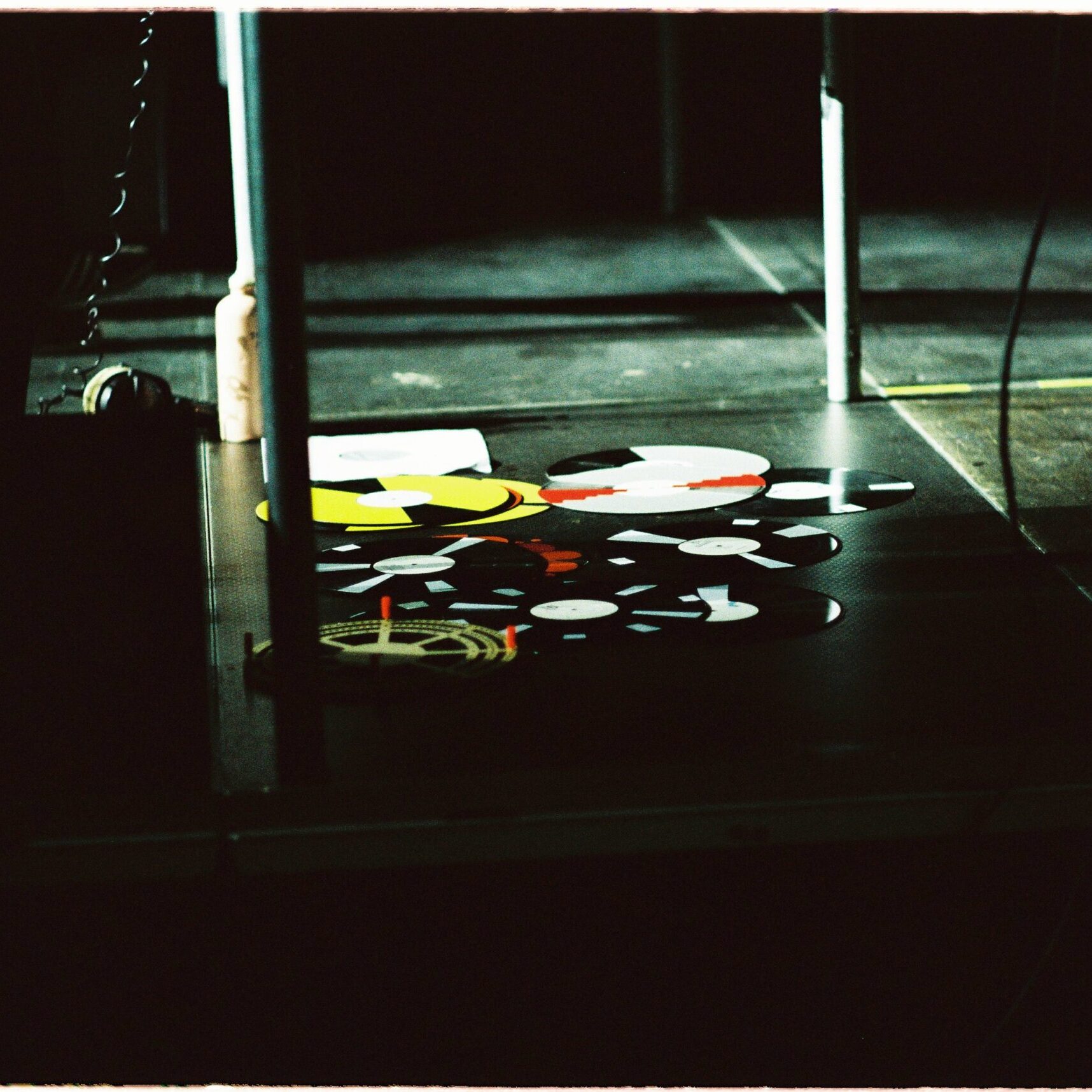
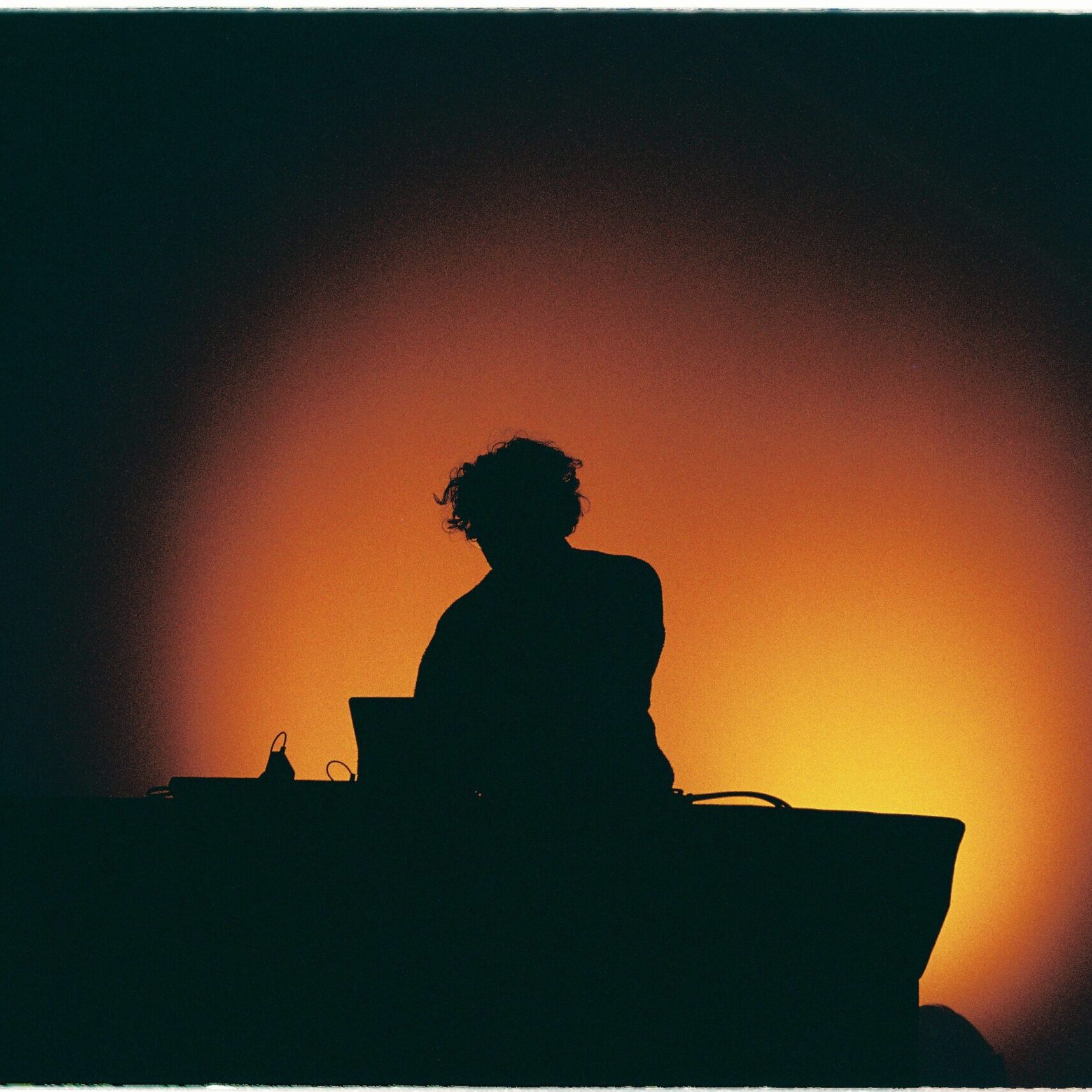

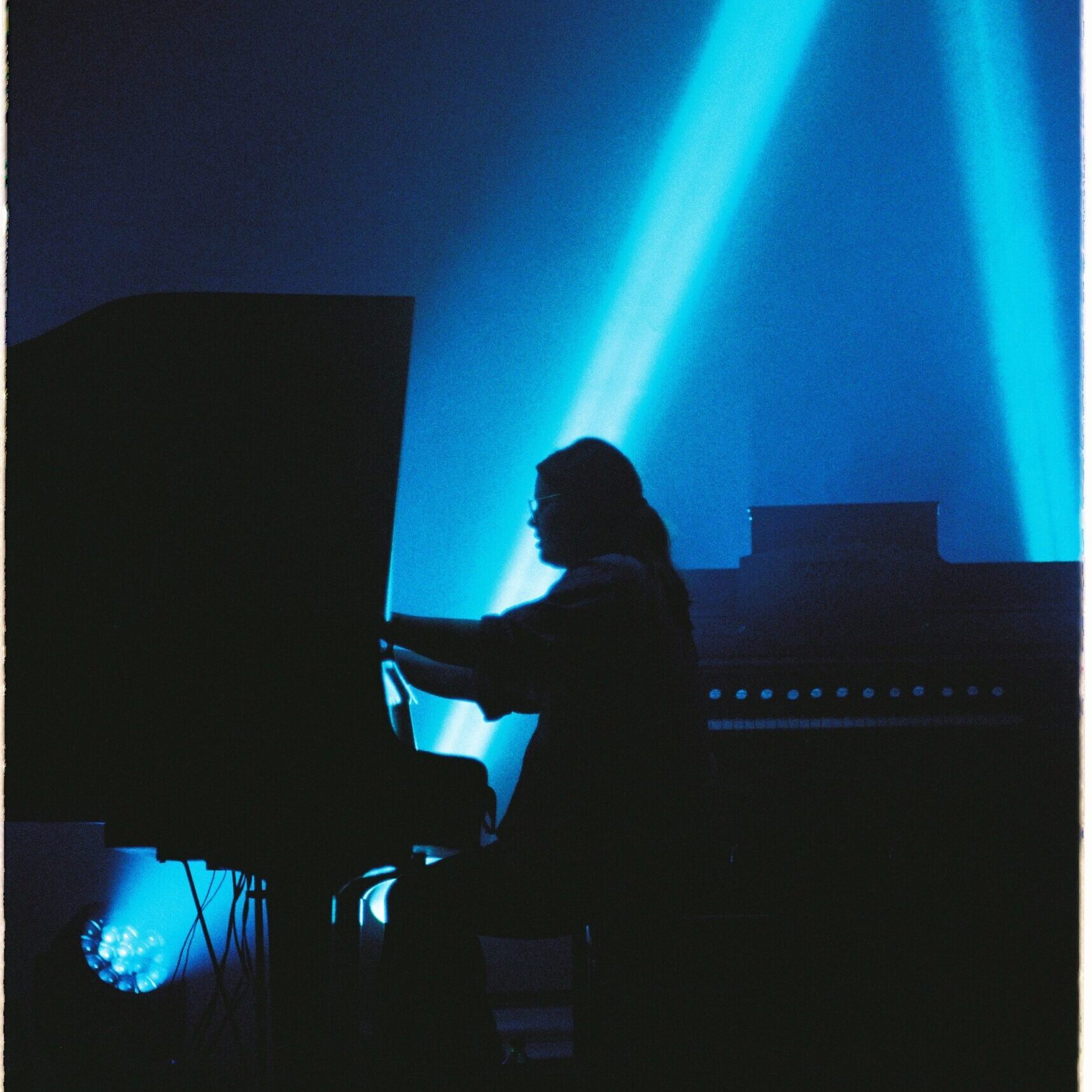
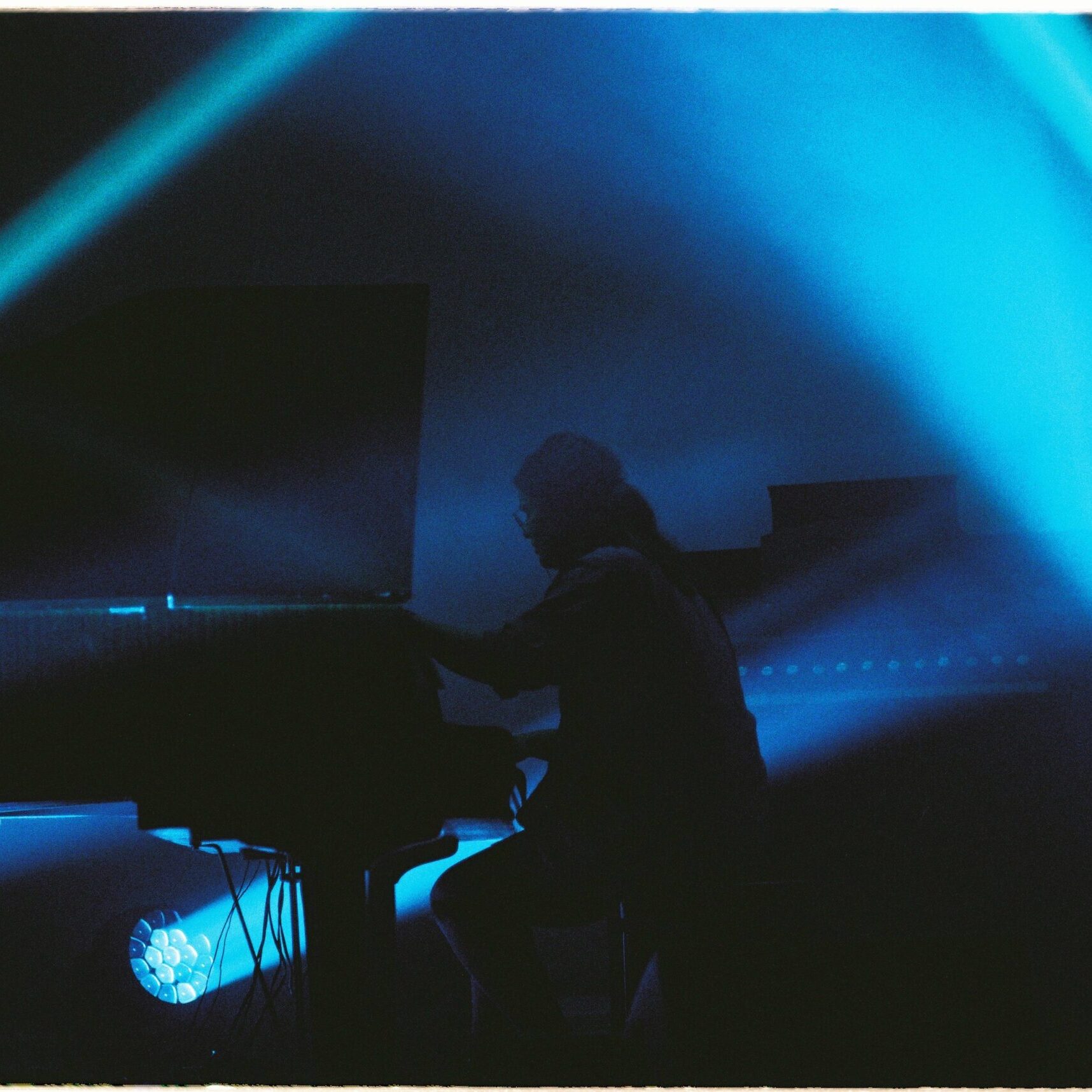
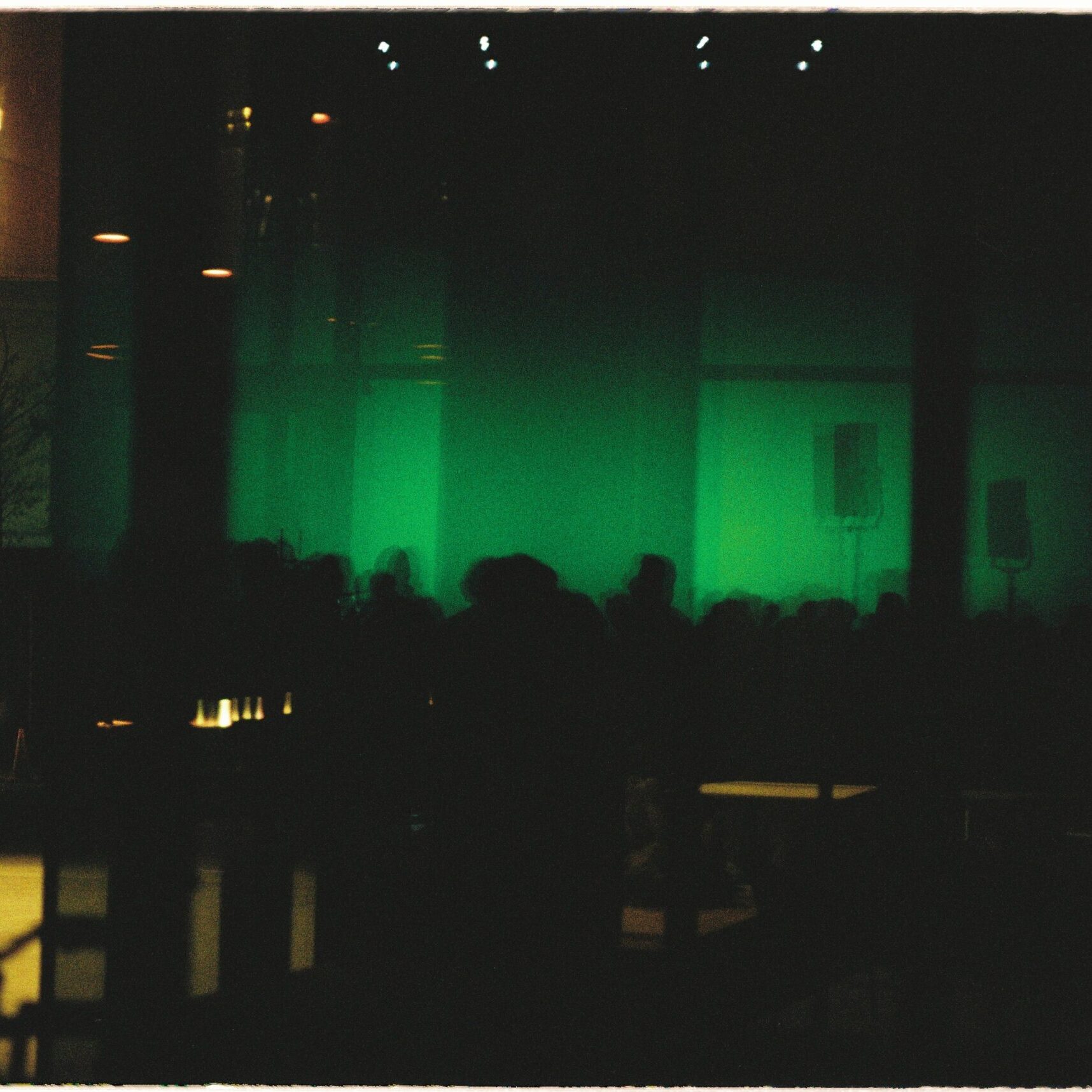
Pridaj komentár